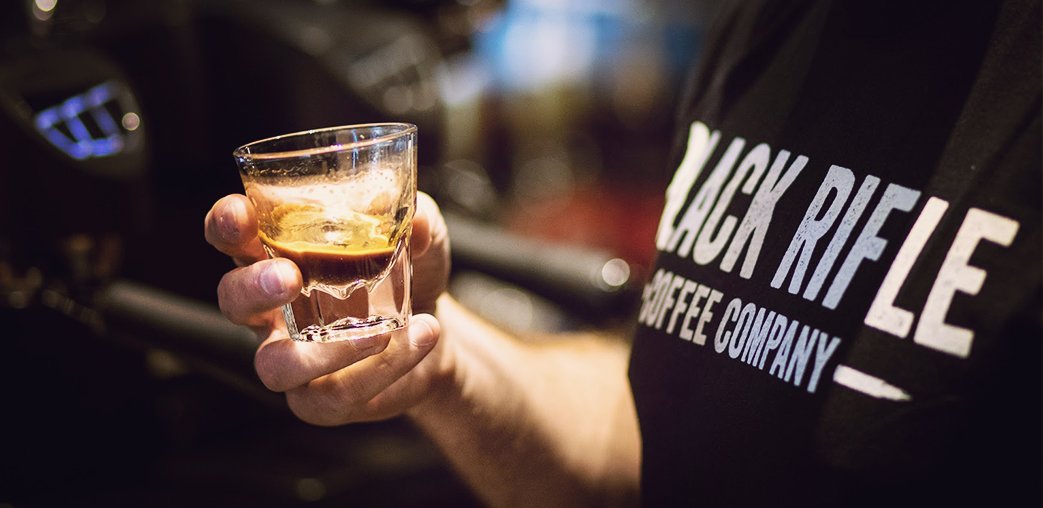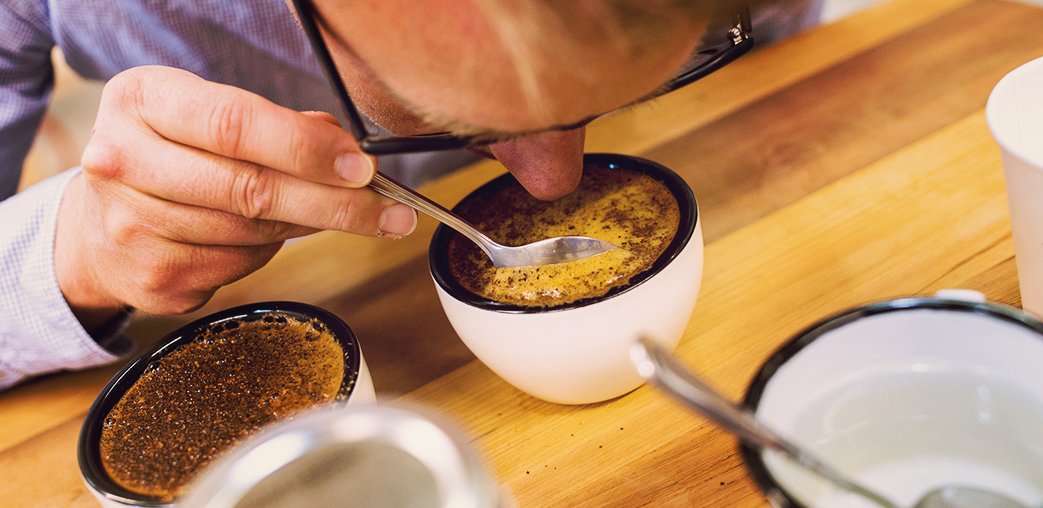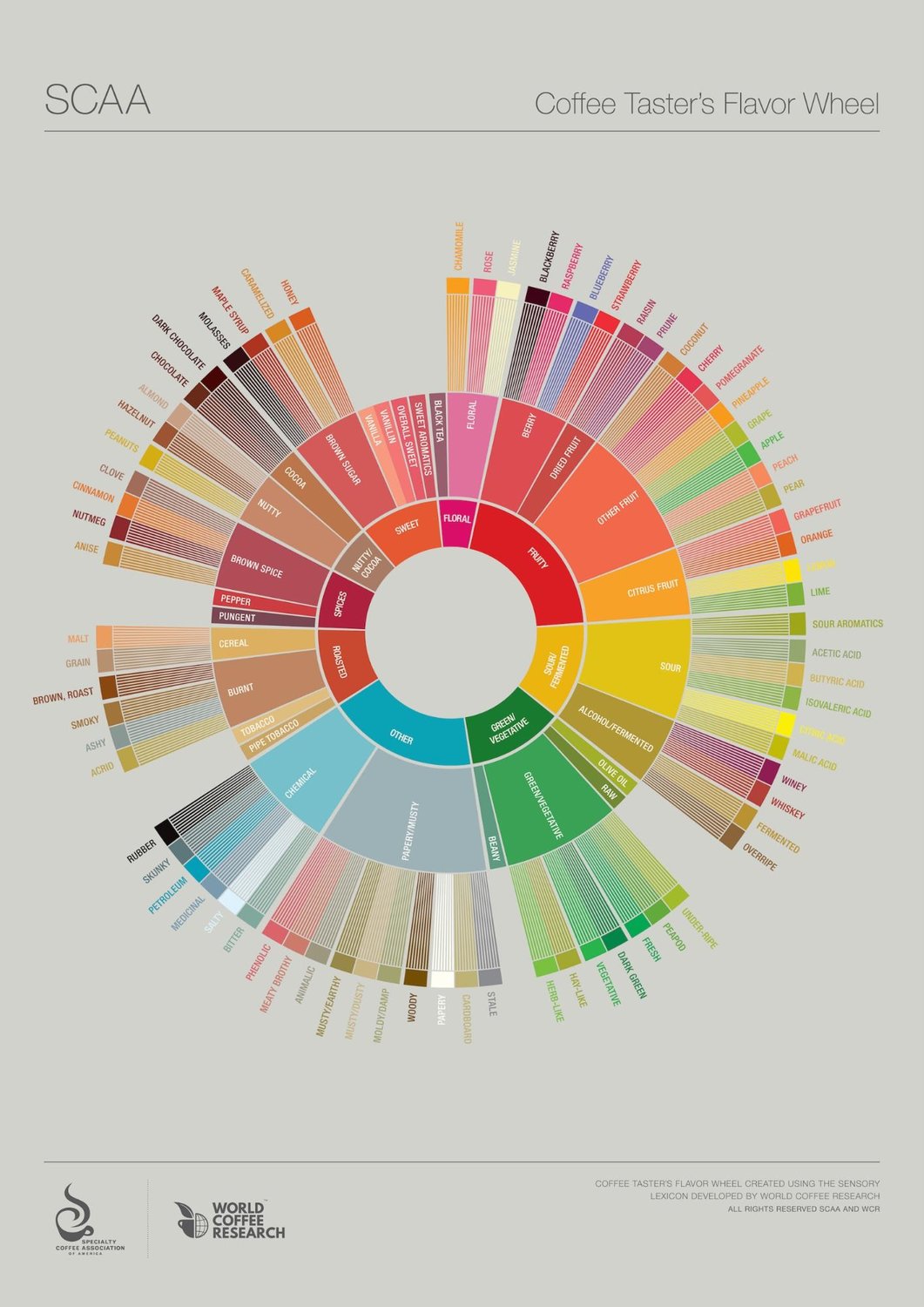
Coffee has a wide spectrum of good to bad. As a coffee consumer, we know that certain types of coffee are bad: gas station coffee and coffee from fast food establishments, for example. We know that great coffee is associated with a small-batch roasting process and is often linked to the “hipster” coffee trend. But how, as laymen or someone wanting to learn the levels of coffee flavor, do we discern what is good, bad, and ugly when it comes to coffee?
How to spot mediocre coffee
To break down coffee flavors, coffee experts participate in a ritual called cupping. Here, a small amount of coffee is brewed and allowed to bloom. The taster then sips the brew and allows the flavor to coat their tongue and mouth for a full experience. Once the flavor profile of the coffee is broken down, based on the Specialty Coffee Association of America (SCAA), the roast is categorized and labeled.

What is a Coffee Bloom?
Coffee blooming attests to the freshness of the coffee. Blooming referrs to the gasses of the coffee being released. The fresher the coffee, the more gas will be released, thus adding more flavor and fragrance. The bloom of coffee gives an obvious hint to how fresh the coffee is. Old coffee releases almost no gas due to the age, possible aeration, and staleness. Fresh coffee emits a light color in the bloom, almost the color of crema on espresso.

Freshness, flavor, bloom, and mouth feel are the key factors in spotting great coffee. If your coffee ever tastes metallic, flat, or coats your mouth in a thick way, the coffee is of lower quality or old. Old coffee produces a dusty flavor that sits on your tongue, and the metallic taste comes from over roasting or poor roasting technique. Often, dark roasts have a thick metallic flavor due to being exposed to high heat for a long period of time during the roasting process. Fresh coffee has a lighter mouth feel, lighter notes, and coats the mouth with flavor — it’s not overpowered by metallic aftertastes.
Next time you grab a bag of coffee, check the roasting date, grind the coffee, check the bloom and smell, and use the above assessment to test your coffee knowledge!

Paige Billings is a staff writer for Coffee or Die Magazine. She believes that cupcakes and a cup of coffee can solve most any problem. Although she got her start at Williams-Sonoma as a merchandising analyst, she has since combined her passion for coffee, recipe development, design, and photography into her career as a coffee and food writer, recipe developer, and food photographer. Her delicious and beautiful recipes can be found on her blog, Instagram, and in the secret pages of her ongoing cookbook. Paige has lived everywhere from California, where she grew up, to Montana, where she graduated from Montana State University. She now works out of her Florida home with the help of her eager taste testers — her husband, Drew, and her dog, Moose.
BRCC and Bad Moon Print Press team up for an exclusive, limited-edition T-shirt design!
BRCC partners with Team Room Design for an exclusive T-shirt release!
Thirty Seconds Out has partnered with BRCC for an exclusive shirt design invoking the God of Winter.
Lucas O'Hara of Grizzly Forge has teamed up with BRCC for a badass, exclusive Shirt Club T-shirt design featuring his most popular knife and tiomahawk.
Coffee or Die sits down with one of the graphic designers behind Black Rifle Coffee's signature look and vibe.
Biden will award the Medal of Honor to a Vietnam War Army helicopter pilot who risked his life to save a reconnaissance team from almost certain death.
Ever wonder how much Jack Mandaville would f*ck sh*t up if he went back in time? The American Revolution didn't even see him coming.
A nearly 200-year-old West Point time capsule that at first appeared to yield little more than dust contains hidden treasure, the US Military Academy said.













